Spaghetti squash is known as a vibrant fall/winter vegetable, but it really is a fruit. Botanically speaking, spaghetti squash as well as other squashes such as pumpkin and zucchini are fruit since they develop from flowers and contain seeds. However, from a culinary point of view, spaghetti squash is treated as a vegetable in its preparation, since it is cooked before eating. It has a mild flavor and stringy texture that is a good substitute for pasta. It pairs well with ingredients like meatballs, marinara sauce, pesto, and garlic.
Spaghetti squash is a nutrient dense food that is high in vitamins and minerals such as Vitamins B and C and manganese. It is also low in calories and high in fiber, making it a fruit/vegetable associated with a number of health benefits, and a great addition to a weight loss program.
While spaghetti squash lends itself to a variety of cooking techniques—it can be boiled, baked, roasted, steamed or microwaved—in this recipe, I’ve chosen to bake the spaghetti squash. I like to serve it with braised garlic in tomato sauce and roasted cauliflower. The final dish is gluten free and vegetarian yet satisfying and filling, making this recipe a great addition to your Sukkot menu.
Ingredients
- Spaghetti squash—3 to 4 pounds
- 1 large head of cauliflower
- extra virgin olive oil
- salt
- pepper
- onion powder
- garlic powder
- 40 cloves garlic, peeled
- ½ cup extra virgin olive oil plus extra for tossing with the spaghetti squash
- 25-ounce jar of your favorite tomato sauce or your favorite homemade tomato sauce
- 2 tablespoons parsley, chopped
Preheat the oven to 375 degrees. Place spaghetti squash on baking sheet that has been sprayed with Pam. Place in the oven for about 1 hour if the squash is 3 pounds—a little longer if squash if larger. Remove from the oven and allow to cool for a few minutes. Slice the squash in half and scrape out the seeds. With a fork, separate the baked spaghetti squash into strands that look like spaghetti. Drizzle with olive oil, sprinkle with salt, pepper, garlic powder and onion powder. Toss well. Set aside.
While the spaghetti squash is baking, preheat another oven to 400 degrees. Place the cauliflower on a cutting board so that it is standing on its stem. Slice the cauliflower into ¾” pieces—from the top of the cauliflower through the stem. You should have ¾” steaks of cauliflower. Brush with extra virgin olive oil, then sprinkle with salt, pepper, onion powder and garlic powder. Roast on a baking sheet that has been sprayed with Pam for about 40 minutes, turning the cauliflower pieces midway through baking time. When the cauliflower steaks are tender and golden brown, remove from the oven.
While the cauliflower and spaghetti squash are in the oven, place 40 cloves of peeled garlic into a small saucepan with ½ cup of extra virgin olive oil. Heat the pot until the olive oil sizzles, then reduce the heat and simmer the garlic cloves in the oil until they are golden brown—about 15 to 20 minutes.
When you are ready to serve, place a mound of the spaghetti squash onto a dinner plate. Ladle some tomato sauce on top of the spaghetti squash. Spoon some of the braised garlic on top of the tomato sauce. Place the roasted cauliflower decoratively around the plate. Sprinkle with chopped parsley.
Serves 4


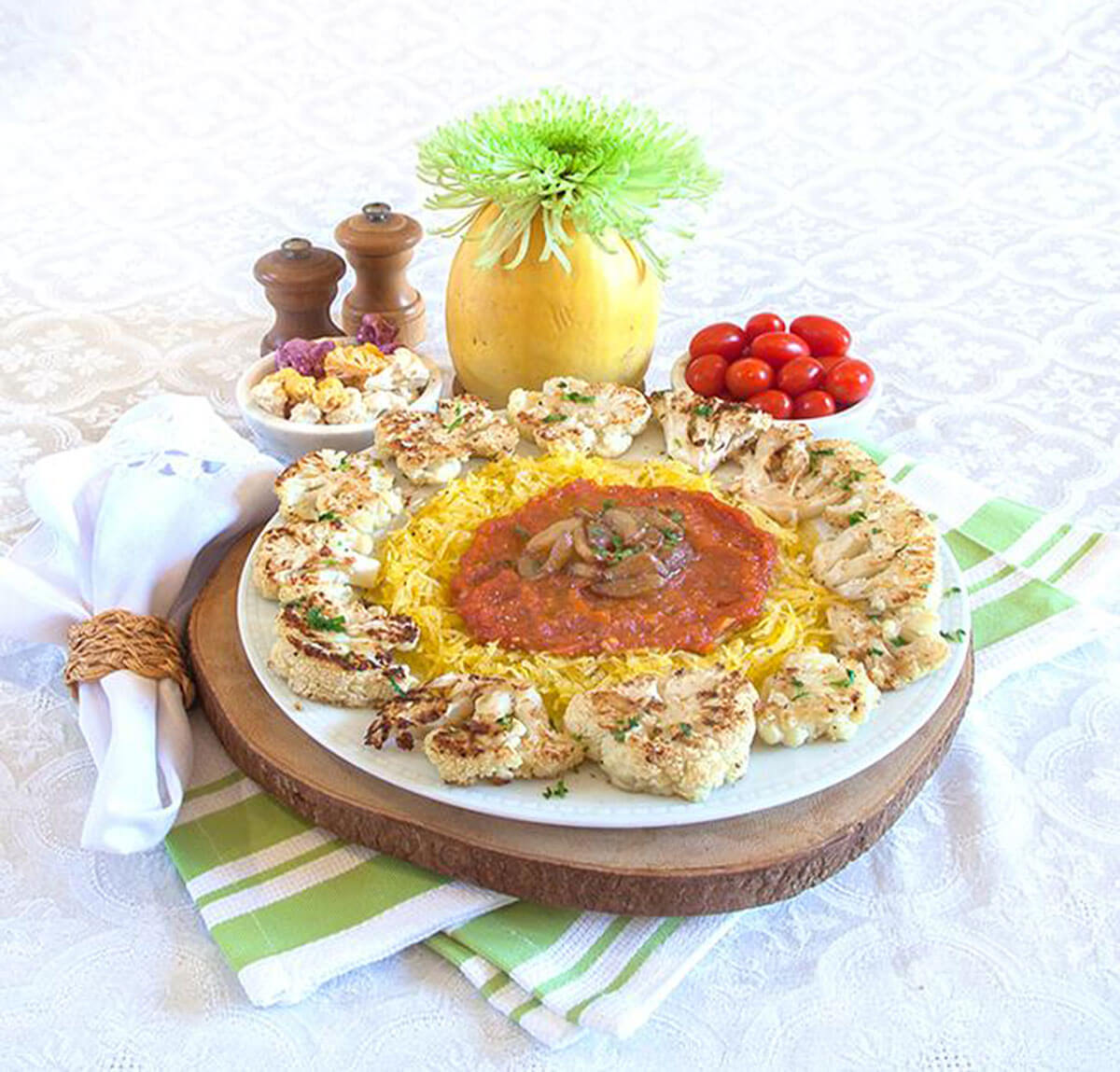

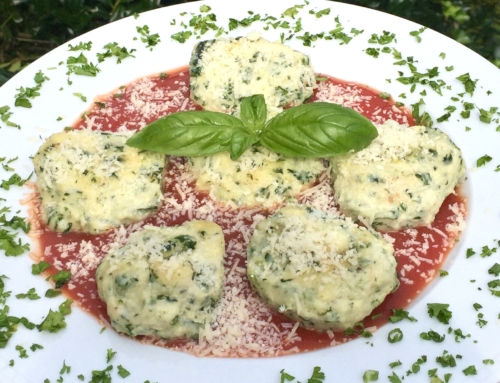
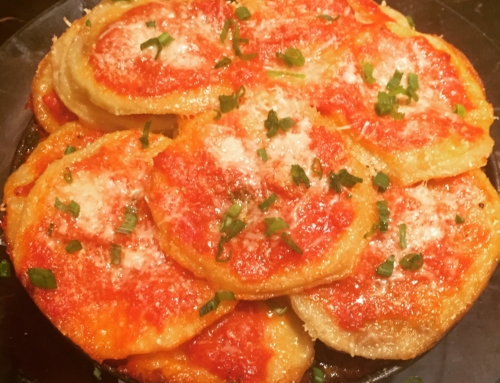
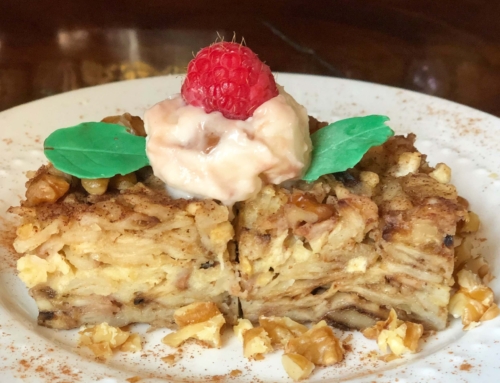
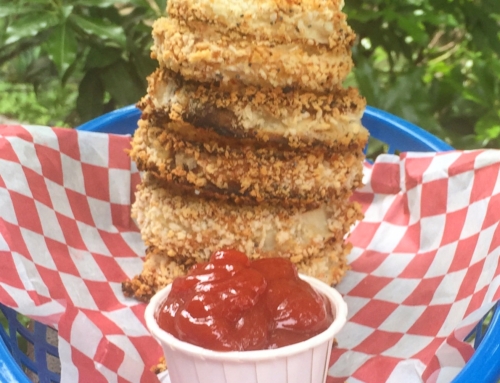
Leave A Comment
You must be logged in to post a comment.